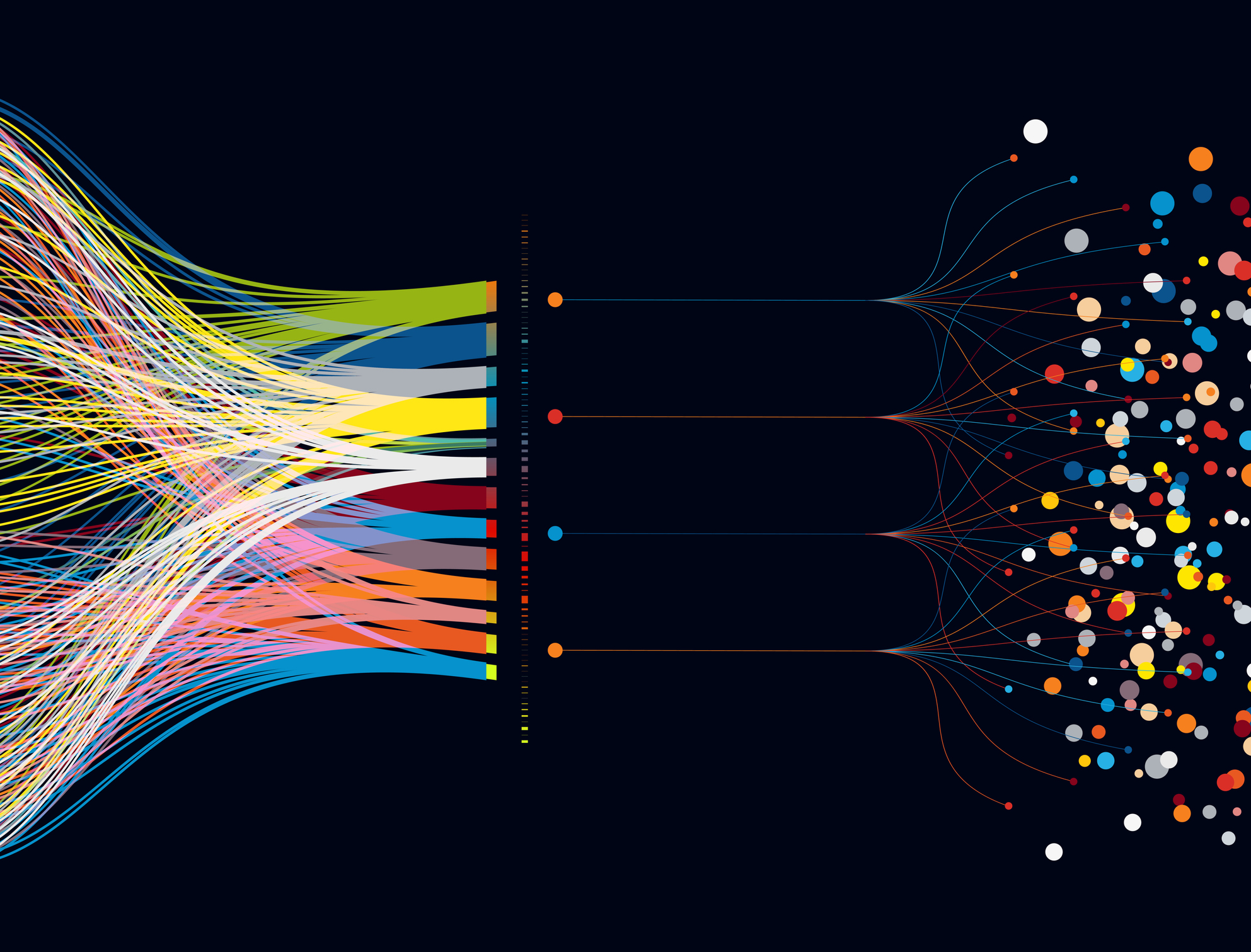
Two of the biggest IT trends making the rounds in today’s day and age include cloud computing and Big Data. Have you wondered what happens when you combine the two? Something positive may come out of it, while other times, not so much. Let’s explore and see what opportunities and challenges the union of these two worlds present to the users.
Big Data and Cloud Computing: Bridging the Gap
Big Data and cloud computing each have their own set of rules and specifications. However, when used together, they are capable of simplifying large datasets, offering value to businesses in a variety of industries and of different sizes. Big Data and cloud computing each offer their own set advantages while also including their own inherited challenges. Nevertheless, both technologies are still in the process of evolution, which is a double-edged sword in each case.
Regardless, there are plenty of companies using the two technologies in tandem to bolster how they operate. The combination of the two offers a number of benefits as they can increase a business’ revenue, while also reducing costs effectively. The cloud is all about providing infrastructure, and Big Data offers data solutions. Together, they can provide organizations with an advantage over the competition.
Advantages of Using Big Data and Cloud Computing Together
Agility: Lugging around heavy servers to store data is no longer feasible in the present. In other words, if one has to set up a traditional, physical infrastructure, chances are you will end up burning a hole in your pocket. With cloud computing, setting up the infrastructure is easy, convenient, and more hands-off. Cloud computing caters to businesses’ growing need for data management, which makes it easier for companies to optimize how they utilize their resources.
Elasticity: What is one of the best features of cloud computing? The ability to scale servers up and down as data needs change has to be one of them. Data is a volatile variable as it can look completely different from one minute to another. A good service provider needs to be able to accommodate these storage changes at a moment’s notice. This way, an organization can alter their storage space as their data needs change.
Data processing and efficiency: Data can be structured or unstructured, depending on the source it stems from. Data from social media is usually unstructured. Such data needs an efficient system to process it and to derive meaningful insights from it. Cloud computing can be seen as the answer to such problems. When Big Data is used to amass information from social media, cloud computing can be used to efficiently process this data and unearth meaningful insights that can adequately address a business’s needs.
Cost reduction: Cloud computing is a great solution for enterprises looking to make use of their technological tools, especially when on a limited budget. Big However, data platforms can be a little expensive, especially when it comes to managing such data. However, cloud computing makes it so customers need to pay only for the resources they use, with no upfront capital expenditure. It’s also worth considering that as a business’ servers scale up or down based on its data needs, it will only have to pay for the storage space it uses thanks to the cloud.
Simplifying complexities: Cloud computing is well known for its ability to automate business operations. With the various components available to users, there is no shortage of options for organizations looking to reduce the complexity of their operations, while also automating repetitive tasks.
Challenges of Using Big Data and Cloud Computing Together
Security concerns: There are security concerns to consider with the union of these technologies, as organizations begin to wonder how to safeguard sensitive, customer information against hackers and fraudsters. Addressing the cloud security risks inherent in cloud computing requires a shared responsibility model. Cloud service providers are responsible for the security of the cloud, while customers are responsible for Security in the cloud.
Conclusion
The cloud has become the go-to option for organizations looking to beat the competition and benefit from the immense technological advancements the cloud provides. Once such advancements are successfully mastered, there is a wonderful opportunity for organizations to reduce costs, use their technologies tools, and manage their data. The end result is often is organizations are able to meet their business goals, making the combination of the cloud and Big Data an ideal one.
Also Read
Thinking about DevOps culture? Inculcate these 5 must haves to make the most of it
5 Ways Data Analytics Can Help Drive Sales For Your Business
How Cloud Computing is changing the Business World
Best Practices for Ensuring DevOps Security






